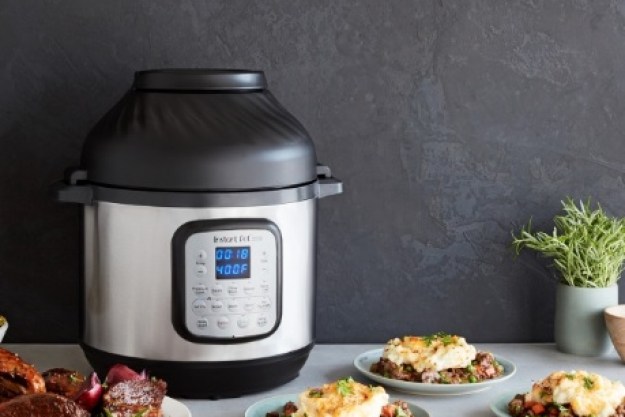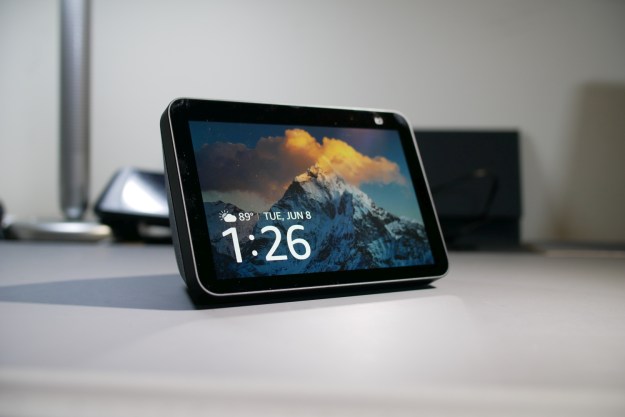Many cooking fans were distressed when makers of the beloved Instant Pot announced that the brand was in bankruptcy in 2023. However, that doesn’t mean that Instant Pot is dead — fortunately these devices are still available, so you have the option when you’re looking for a multinational pressure cooker.
- The Instant Pot is taking too long to start the timer
- The Pot is showing a ‘burn’ message
- I’m getting an error code message
- The Instant Pot keeps beeping
- The float valve is stuck
- My pot is… kind of stinky
- I am pressure-cooking, but steam is leaking out
- Pressure isn’t building in my Instant Pot
- I can’t figure out the timer
- I keep burning my fingers when trying to release steam
- I can’t seal my Instant Pot lid
- The lid won’t come off
- I added liquid like I was told, but things went wrong
- The Instant Pot display won’t turn on
- The pot is getting streaky or cloudy
- My Instant Pot isn’t searing very well
- What is the average life of an Instant Pot?
Instant Pots are generally very reliable, But sometimes, like any gadget, these machines can develop problems. We’ve rounded up some of the most common problems that you might run into with your Instant Pot and have advice on how to fix them.
The Instant Pot is taking too long to start the timer
Remember, Instant Pots take time to heat up. The Instant Pot will take 10 to 15 minutes to heat up and bring the pressure to proper levels, and then it will start the timer. So when a recipe says “pressure-cook in Instant Pot for 5 minutes,” you should always mentally add the extra time beforehand. If it still seems like it’s taking too long, check your settings carefully to make sure you are in the right mode.
The Pot is showing a ‘burn’ message
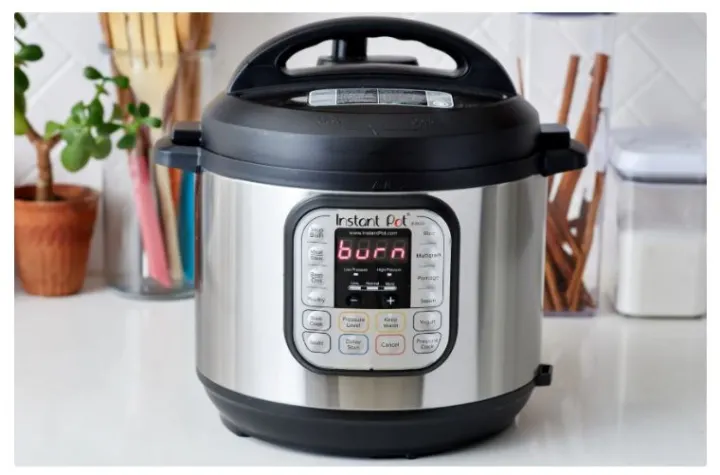
The burn message usually appears when the sensors think the pot is in danger of burning your food or causing damage to the device. Often, this means that there’s not enough liquid in the pot or that the liquid hasn’t reached all the bottom corners of the pot, which is easy to fix by adding more liquid. You may also need to let your pot cool down if you’ve been sautéing on high heat for a while.
For more complex meals, layer your starches and sauces on top of other ingredients to create a barrier between them and the bottom heater. Also, elevating meats using the cooking rack can help. Finally, if you have sautéed a liquid sauce or similar ingredient, make sure no bits are stuck to the pot before you move on to the next task.
I’m getting an error code message
Instant Pots use error codes to indicate specific problems. If a code is popping up, you should look it up on the support page to see what it means. C1, for example, means there’s a faulty temperature sensor, while C5 means the pot isn’t correctly positioned on the heater.
The Instant Pot keeps beeping
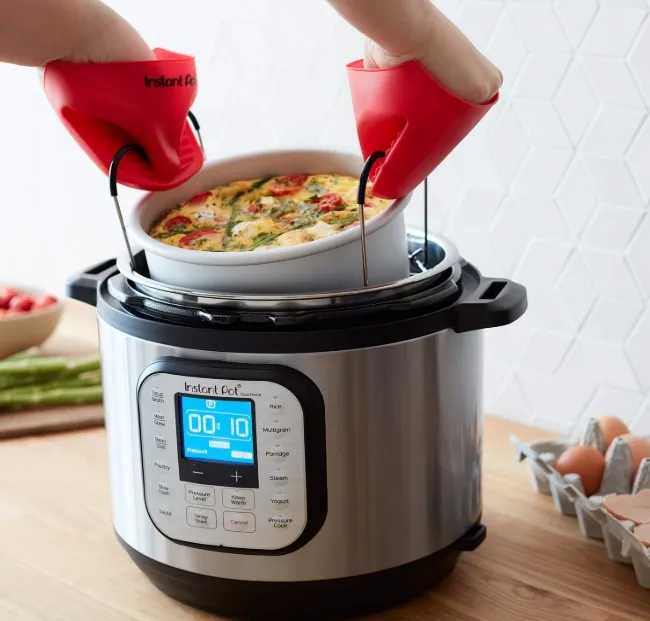
It’s normal for the pot to beep as it starts to heat, beep when it’s starting the timer, and beep when the timer is done. If it’s beeping otherwise, that usually means something is wrong, and you should look to see if there’s a code flashing on the screen. This most often indicates an overheating issue.
The float valve is stuck
That little float valve on the top of the lid is meant to loosely move between venting and natural pressure release. If this valve gets jammed, there’s a problem. It usually means that the valve has become clogged with food. Unclog the valve and then wash the lid all around the valve and make sure all bits of food are removed.
My pot is… kind of stinky
The rubberized sealing ring of the Instant Pot can absorb odors easily, especially when pressure cooking. If you are cooking a particularly pungent meal, the ring may retain the smell, which is annoying when making something different in the pot. Garlic smells may be the most common, but it can happen over time with a variety of odors.
If the odor is causing problems, take your sealing ring out and try washing it in the dishwasher. This can remove some of the worst of the smell and get the ring back into working order. You may also want to try soaking it in a pan of warm water mixed with baking soda to absorb as much of the odor as you can. Some people even choose to purchase a spare sealing ring and use one for meals and one for desserts.
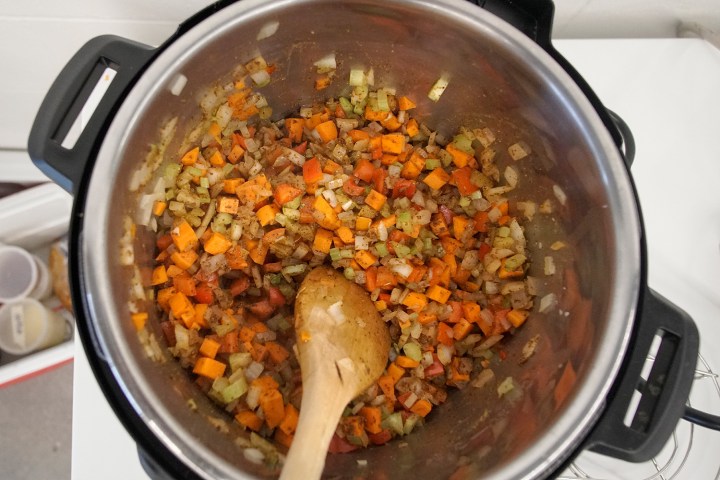
I am pressure-cooking, but steam is leaking out
Is steam leaking out of the pressure valve, even when turned to the upper locked position? It’s normal for a small amount of steam to leak from the valve while the pot is heating up, but if it continues to leak steam during the pressure-cooking cycle, you may have a problem. This issue could be a sign that you need to clean out and reposition the valve. If this doesn’t work, you may even need to replace the valve.
If steam is seeping out the sides, make sure the lid is properly locked for pressure-cooking. If the lid seems to be fine, examine your sealing ring. A stretched or cracked ring should be replaced. If the ring has become dislodged, you can usually put it back into place without trouble. A loose ring can firm up if you put it in the freezer for a little while, but this will ultimately hasten the silicone decay. Plan on getting a new ring either way.
Pressure isn’t building in my Instant Pot
This usually happens when the pressure release valve has been turned to “open” when you sealed the lid, but you didn’t notice at the time. In this instance, steam is just slowly leaking out of the pot as it tries to heat up. This isn’t good for the food inside, and it keeps the pot from actually reaching the correct pressure levels.
The best solution for this is to get in the habit of always checking the pressure valve when you seal the lid. Just look and make sure it’s in the locked position before you select your pressure-cooking setting.
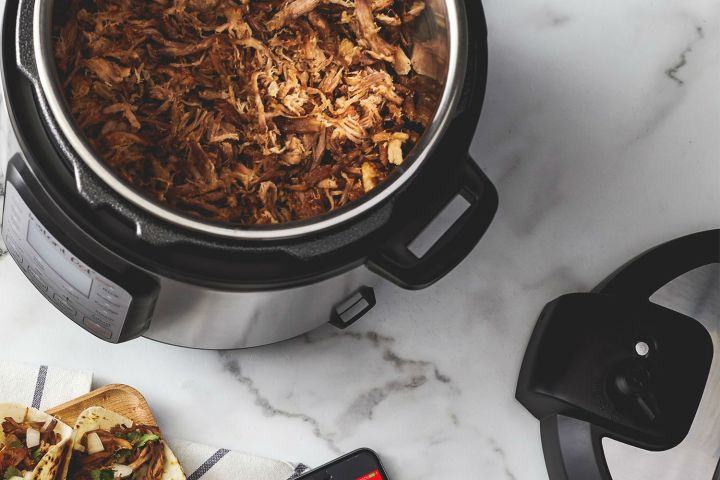
I can’t figure out the timer
This is a very common issue when first using the Instant Pot, and there are a couple of guidelines you really need to know to avoid mistakes or problems.
Selecting an option like poultry will automatically create a timer, which you then adjust to the proper time with the plus and minus buttons below the timer screen. Remember, the timer does not include how long it takes the Instant Pot to heat up or cool down. It’s designed to only be the time that the food inside is actively pressure-cooking. Your Instant Pot will take anywhere from 5 to 20 minutes to build pressure. It depends on the amount, type, and initial temperature of the ingredients. It will also take time to release pressure, especially if the recipe calls for a natural pressure release. This step often takes another 10 to 20 minutes. Remember to include all this time in your cooking calculations.
I keep burning my fingers when trying to release steam
The release nozzle on the Pot’s valve is pretty loose, and flicking it open for a fast release after pressure-cooking can be painful for even the fastest fingers. If you’ve been burned by steam before, there’s a very simple solution that Pot users have found: Just use a wooden spoon. Push the valve open with the spoon to release it and avoid any steam issues.
I can’t seal my Instant Pot lid
The pot lid can be tricky to lock and unlock without a little practice. If you are new to your Instant Pot, try moving the lid back and forth from the locked position until you get the hang of it. If you know for sure that your lid isn’t locking properly, look for food blockages or a sign of a slipped sealing ring. The lid may also be damaged, but this is relatively rare. Instant Pot lids are very tough.
The lid won’t come off
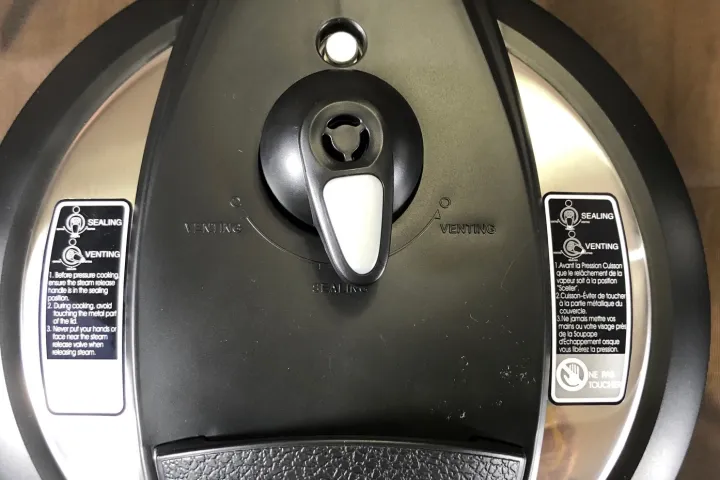
First, make sure enough steam has been released after pressure-cooking. Whether you choose a natural pressure release or quick release, give the Instant Pot time to get rid of the steam and cool down. Remember, Instant Pots are designed to be extra safe, so the pot won’t let you open the lid with too much pressure still inside the pot. A little patience can often fix this issue.
Otherwise, the lid probably won’t come off because the steam release button is stuck. If you’re sure all the pressure has been released from the pot, use a spoon handle and tap the button beside the release valve.
I added liquid like I was told, but things went wrong
When an Instant Pot recipe calls for “liquid,” it’s being very specific — especially when it comes to pressure-cooking. This needs to be a true liquid, usually water or chicken/vegetable stock, but some recipes call for anything from juice to beer. You cannot use a sauce with any thickeners — such as starches — since it won’t add enough liquid to the mix needed to create steam. Doing so results in burned foods and other problems. Pressure-cooked meals usually require at least one cup of liquid to work properly. Instant Pots will often warn you if they sense a lack of liquid, but it pays to understand what the recipe requires. Add sauces and thickeners after the cooking is completed.
The Instant Pot display won’t turn on
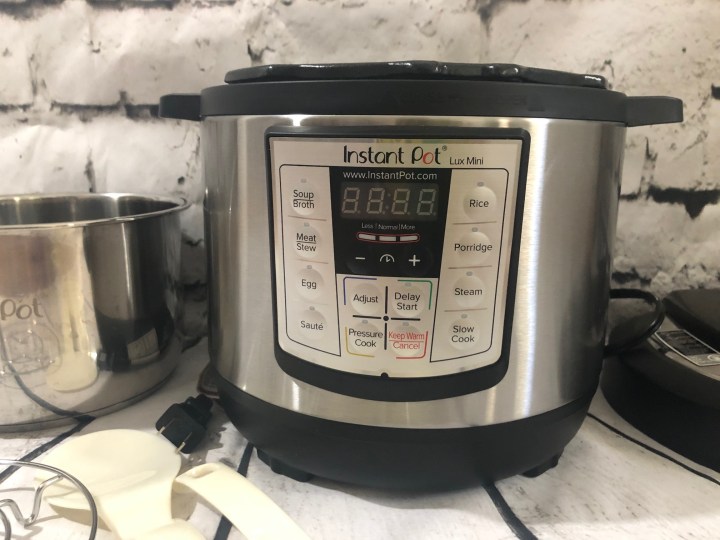
Most display issues are often the direct result of a power problem. One quick way to try and fix your display is to make sure the power cord is fully plugged into your Instant Pot. If you previously tried this and the screen still wouldn’t turn on, you should try to plug your Instant Pot into a separate outlet entirely. If you’re still unsuccessful, contact Instant Pot support.
The pot is getting streaky or cloudy
If you spotted streaks or clouds inside your pot after your first couple of uses, that’s normal. Contrary to its name, fats and oils tend to cause stainless steel to stain a bit. Fortunately, those stains won’t affect your cooking at all, but they could be difficult to remove when handwashing. The pot is dishwasher safe, so try running it with your other kitchenware to remove streaks and smudges. Another solution is to mix a bit of vinegar on the residue to bring back the pot’s original shine.
My Instant Pot isn’t searing very well
Sautéing with your Instant Pot is convenient, but it can be challenging to get a decent sear on specific cuts of meat. We recommend opting for a different appliance entirely to sear most larger-cut foods, like steak, because your Instant Pot won’t get hot enough to execute a deep sear. Smaller cuts of meat may prove to be successful, but we can’t promise that the meat won’t become chewy or soggy. Searing is not the Instant Pot’s strong suit, so you should leave that job up to your trusted frying pan.
What is the average life of an Instant Pot?
If you’re having a lot of problems with your Instant Pot, then it may just be coming to the end of its life. Due to the heavy use of the components inside, an Instant Pot will eventually fail for one reason or another, but you should expect to get a decent life out of your pot before that happens. Most sources say that Instant Pots typically last between three to five years, though the exact life that you can expect from your pot obviously depends on how often you use yours and how well you look after it. Make sure to clean your pot after every use to help extend its lifespan.
When a component does fail, it doesn’t necessarily mea your Instant Pot needs to be thrown out. One common component to fail is the silicone ring which goes around the lid and helps it to seal shut, as silicone will naturally degrade over time and this component is one which goes through a lot of wear and tear. If that happens, you can easily replace this ring as these parts are available to buy online, either from Instant Pot itself or from third party suppliers. If you replace this ring when it fails, it will help extend the life of your Instant Pot.
Read our instant pot tips and tricks guide to learn about more things you can do with this kitchen appliance. Interested in a new model? See which instant pot is right for you.
Editors' Recommendations
- The most common Echo Show problems and how to fix them
- How to fix the most common Blink Mini 2 problems
- Most common Amazon Echo Dot problems, and how to fix them
- The best pressure cookers for 2022
- Which Instant Pot should you buy? All of the models compared

